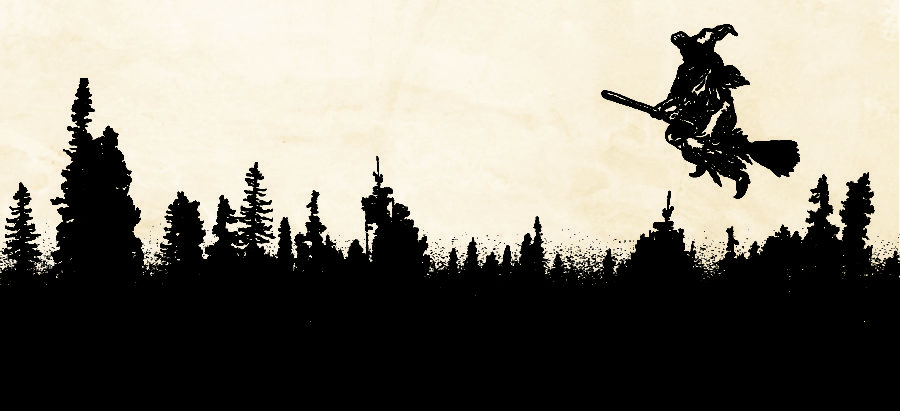Shedding light on Halloween in different cultures
Ghouls, witches, monsters and ghosts are often used to be the stars of scary stories told to children in different cultures.
October 29, 2020
Halloween is celebrated differently in many different cultures. Whether it’s trick-or-treating, dressing up in costumes, celebrating the dead, telling ghost stories or even getting attacked by a shape-shifting pig.
The U.S. has many supernatural and mythical creatures associated with Halloween, including the Boogeyman, the vanishing hitchhiker or even Pennywise the clown, while the Philippines has its own shape-shifting animals and Mexico has the El Cucuy.
As Halloween is approaching, Iowa State students are getting a reminder of the scar creatures from their culture that once made it impossible for them to sleep peacefully at night.
“In the Philippines, there’s kind of an umbrella term for a bunch of monsters,” said Cen Reyes, a sophomore in computer science. “It’s Aswang and depending on where you’re from [in the Philippines], it can mean different things.”
He explained he grew up thinking the Aswang was only interested in pregnant women.
“It goes to show that… everyone kind of takes their own spin to it… so that’s a pretty unique thing to the Philippines,” Reyes said.
For Fabiha Mahmud, a senior in elementary education, the only supernatural creature she remembers from childhood is the make-believe ghost her mother conjured up to force her to nap.
“My mom made up this ghost thing that literally kidnaps children in a big black trash when they refuse to take naps in the afternoon,” Mahmud said. “As a child that… scared me. I was scared of ghosts with black garbage bags. I blame my mom for the reason why I take so many naps now.”
Nguyetanh Deo, a freshman in apparel, merchandising and design, said ghost tales are very prominent in her memory, specifically a story originating from Vietnam of a woman who wanted to date a dead man.
“[In the story] she was visiting a friend’s grave with her group of friends and she looked over to the next grave and said, ‘if he was alive I would’ve dated him.’ Needless to say, he followed her home and showed up in her dreams feeding off her energy and becoming a negative spirit,” Deo said. “The spirit continued to prevent the woman from finding love.”
Apart from ghost stories, many students also celebrate the supernatural through their cultural ways, including the Mexican holiday, Day of the Dead, otherwise known as Día de Muertos, which will be celebrated Nov. 1 this year.
“Day of the Dead is one day of [the] year but depending on the area in Mexico, it can last up to a week of celebrations,” said Jayda Anaya-Negrete, a sophomore in kinesiology and health.
Anaya-Negrete explained that her celebration includes setting up an ofrenda (an offering table) of pictures of family members who have passed surrounded by flowers and incense. She said it’s like a way to allow the dead to travel back and spend time with the living.
“It differs a lot from Halloween just on the fact that it is based around traditions of the kind spirits and giving back to those we’ve lost throughout our lives in our families rather than just passing out candy and dressing up Halloween,” Anaya-Negrete said.

















